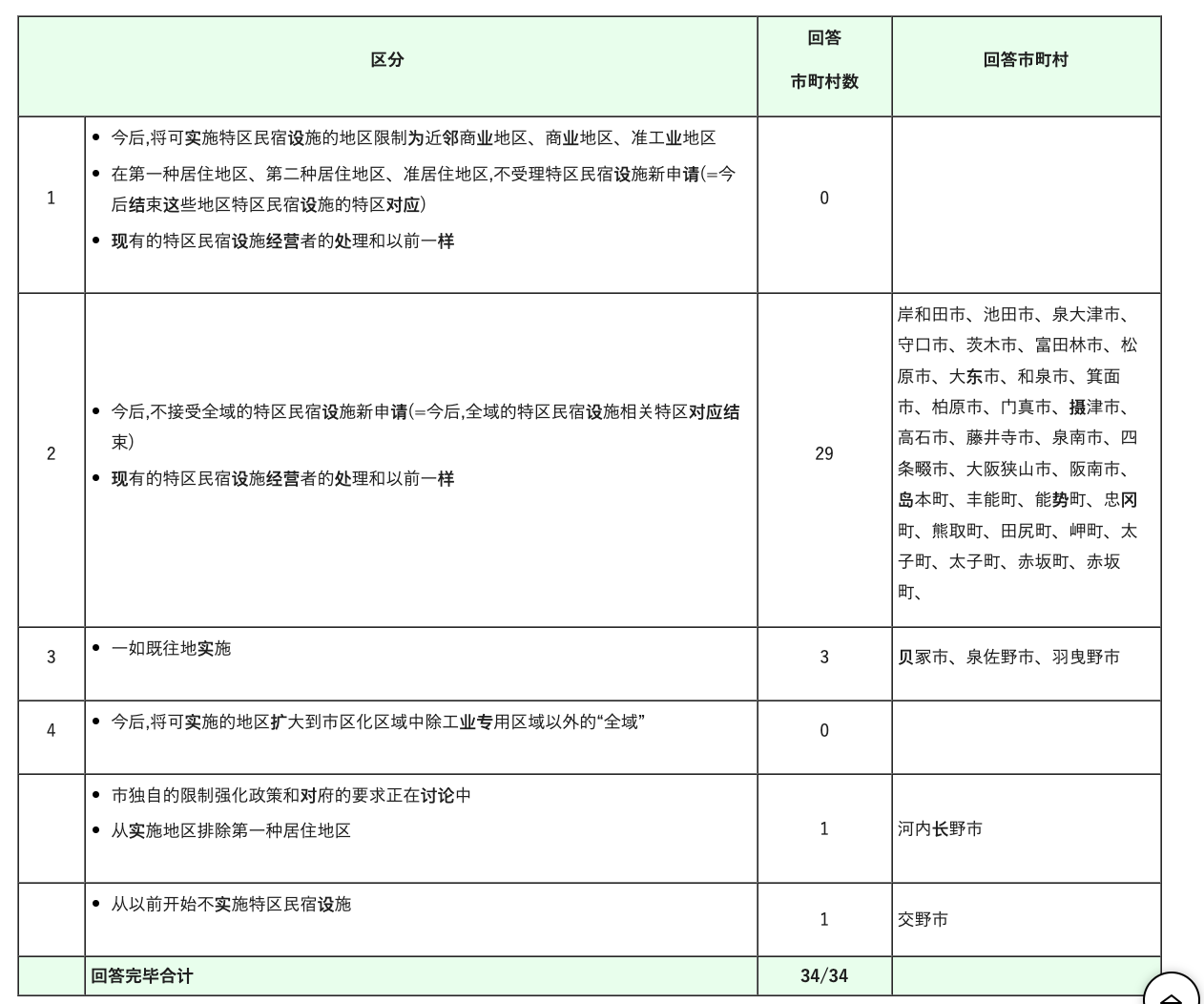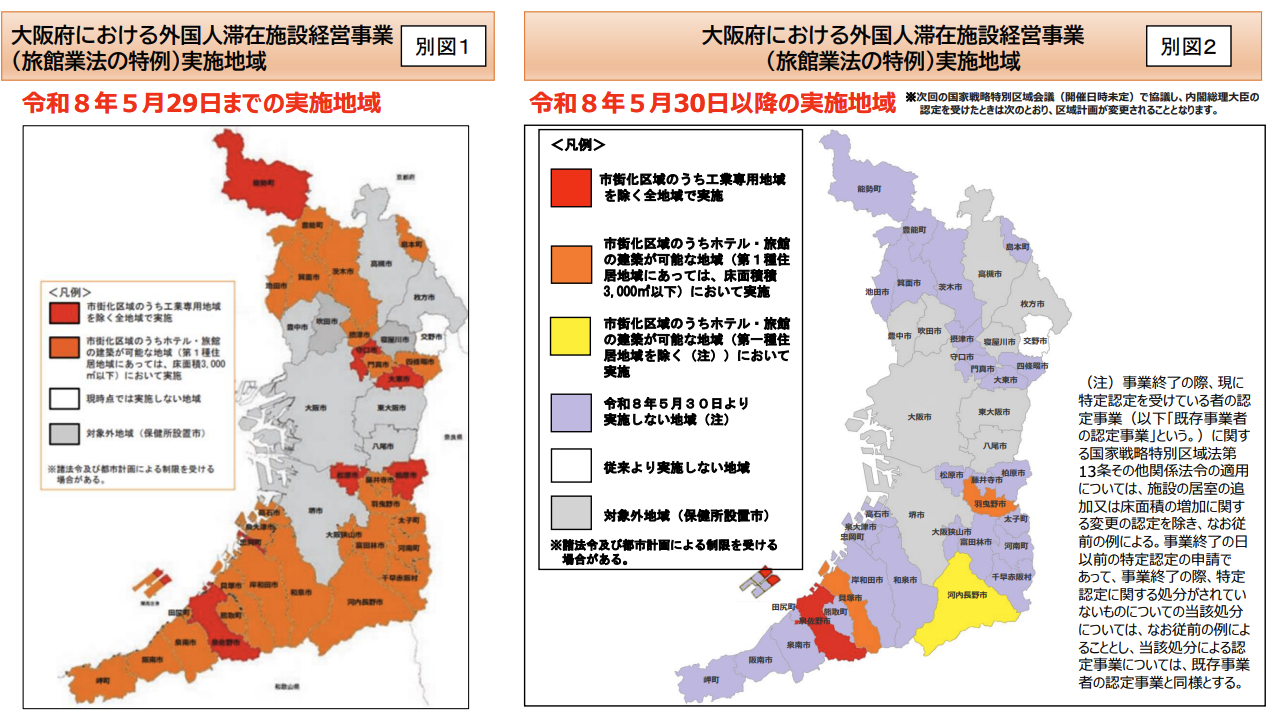AIAIG观点
2025年11月9日
Comparison of New and Old Policies for Osaka Special Zone Minpaku: A Complete Guide for Investors
Disclaimer: The content of this article is for informational reference only and does not constitute investment advice, a solicitation, or a basis for major decision-making. Please make independent judgments and consult professional advisors when needed.
This report systematically compares the differences between the new and old policies for Osaka Special Zone Minpaku after 2025, focusing on the implementation areas, reasons for suspension, the fate of existing minpaku, and response strategies for Chinese investors.

Question
What are the core contents of the new Osaka Special Zone minpaku policy after 2025?
AIAIGAnswer
The core change is: stop new additions, allow existing ones to continue and strengthen supervision.
Specifically includes:
- Osaka City and most municipalities in Osaka Prefecture will stop accepting new Special Zone minpaku applications from May 29, 2026.
- Special Zone minpaku that have already obtained permits can continue to operate, but will face stricter enforcement inspections and penalties for violations.
- Establishment of a "Nuisance Minpaku Eradication Team" to focus on addressing issues such as noise, garbage, and illegal one-night stays.
- The core rules of Special Zone minpaku "minimum two-night stays, year-round operation" will continue to be maintained, but enforcement inspections will become stricter.
Specifically includes:
- Osaka City and most municipalities in Osaka Prefecture will stop accepting new Special Zone minpaku applications from May 29, 2026.
- Special Zone minpaku that have already obtained permits can continue to operate, but will face stricter enforcement inspections and penalties for violations.
- Establishment of a "Nuisance Minpaku Eradication Team" to focus on addressing issues such as noise, garbage, and illegal one-night stays.
- The core rules of Special Zone minpaku "minimum two-night stays, year-round operation" will continue to be maintained, but enforcement inspections will become stricter.
Disclaimer: The content of this article is for informational reference only and does not constitute investment advice, a solicitation, or a basis for major decision-making. Please make independent judgments and consult professional advisors when needed.


.jpg)
